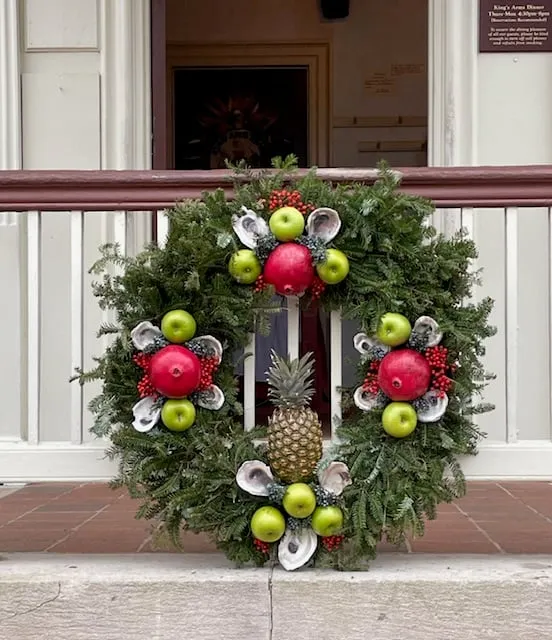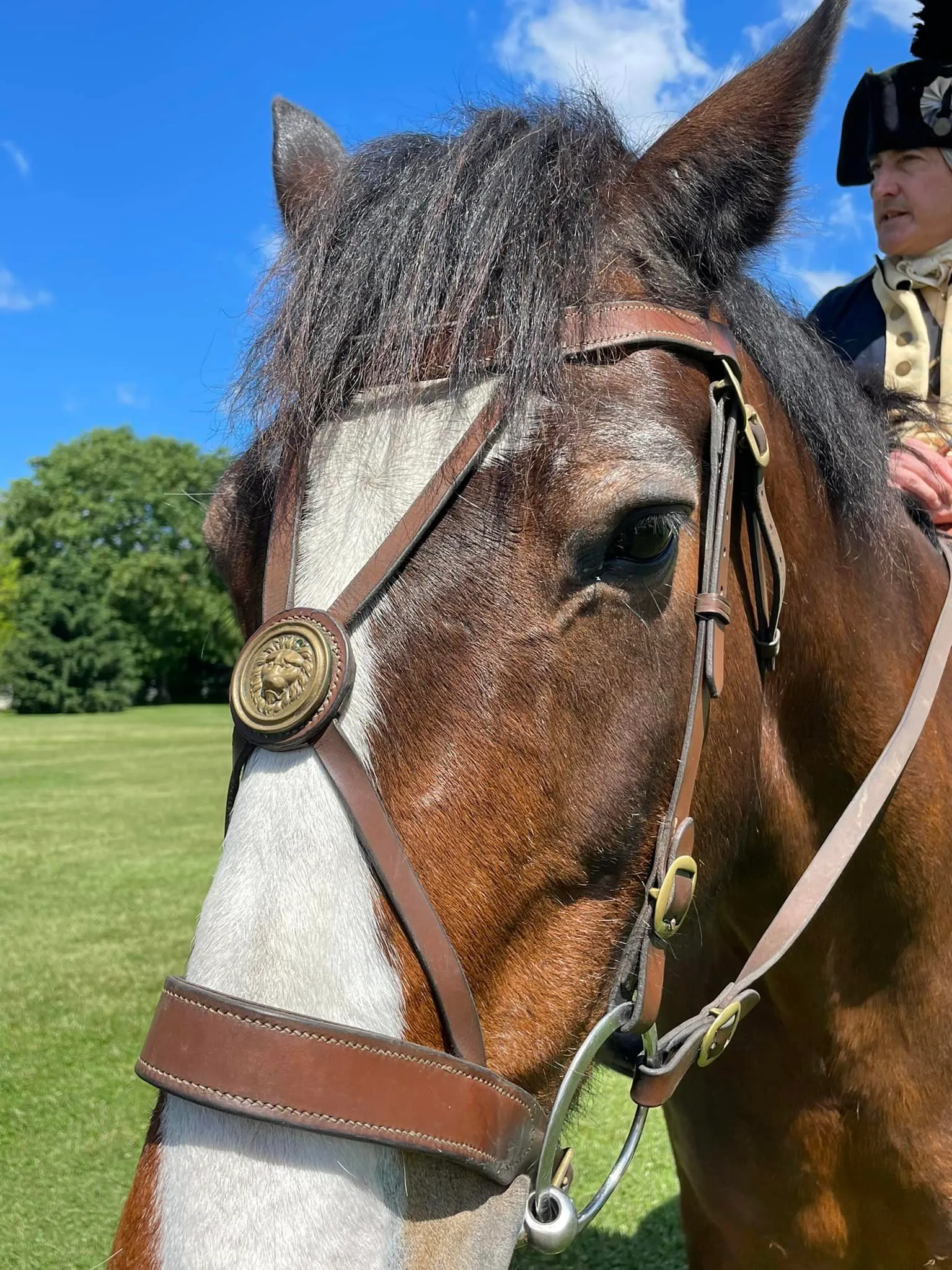The Espionage Revolution: Congress Sparks a Spy Mission for Arthur Lee - December 12, 1775!
A trip to Stratford Hall sparked my interest in Arthur Lee.
Sort of. I'll be honest: I'd already heard Arthur Lee's name but when I got organized and planned my visit to Stratford Hall, that's when I really started my dive into Arthur Lee's role in our American Revolution.
Simply put: he was our "man in London." Our spy in aiding the Patriot Cause and efforts to successfully become the free and independent United States of America.
RELATED: Click here to read my post about the 18th century Lees of Stratford Hall and their home (it includes links for you to set up your visit!)

Necessary disclaimer: As a blogger, I use affiliate links sometimes! I may receive commission from purchases I share; it does not change your price but sometimes you might get a discount.
The letter that embodies the espionage revolution of our American Revolution.
You know by now if you've been following along: I love a little "this day in history" like this post I dropped Wednesday, specific to December 11th. I love seeing what happened: letters, newspaper articles, speeches and so forth- for any day in history.
As I was planning my trip to Stratford Hall, I did some advance research. In that, I discovered the Lee letters online and today, took a run at December letters.
I'm dropping this letter exactly as transcribed on Stratford Hall's website. You can click here to open it in a new tab with the accompanying notes and citations.
But these are NOT closing words-- keep reading this post after the letter!
Sender: Committee of Secret Correspondence
Recipient: Arthur Lee
Philade. Dec. 12, 1775
Sir,
By this Conveyance we have the Pleasure of transmitting to you sundry
printed Papers, that Such of them as you think proper may be
immediately published in England.
We have written on the Subject of American Affairs to Monsieur C.G.F.
Dumas, who resides at the Hague.1 We
recommend it to you to correspond with him, and to send through his
Hands any Letters to us which you cannot send more directly. He will
transmit them via St. Eustatia. When you write to him direct your
Letter thus, A Mons. Monsr. C. G. F. Dumas cher Made. Ie Ve. Loder, a
la Hague: and put it under Cover directed to Mr. A. Stuckey Merchant at
Rotterdam.
Mr. Story may be trusted with any Dispatches you think proper to send us.
You will be so kind as to aid and advise him.
It would be agreable to Congress to know the Disposition of Foreign Powers
towards us, and we hope this Object will engage your Attention. We need
not hint that great Circumspection and impenetrable Secrecy are
necessary. The Congress rely on your Zeal and Abilities to serve them
and will readily compensate you for whatever Trouble and Expence a
Compliance with their Desires may occasion. We remit you for the
present Two Hundred Pounds Sterling.
Whenever you think the Importance of your Dispatches may require it, we
desire you to send an Express-Boat with them from England, for which
Service your Agreement with the Owner there shall be fulfilled by us
here.
We can now only add that we continue firm in our Resolutions to defend
ourselves, notwithstanding the big Threats of the Ministry. We have
just taken one of their Ordnance Store Ships, in which are abundance of
Carcasses & Bombs intended for burning our Towns.
With great Esteem, we are Sir, Your most obedt humble Servants
B Franklin
John Dickinson
John Jay Correspondence
RELATED: Click here if you want to get tips on planning your visit to a historic site.

Desk at Stratford Hall, November, 2024
Breaking it down: what caught my eye.
The members of the Committee of Secret Correspondence.
Ben Franklin (signed "B").
You likely are familiar with Mr. Franklin's many roles through the revolutionary years as well as his familiarity with international locations and politics.
It comes as no surprise to me, he'd be involved in setting the stage of how espionage was to be pulled off over in Europe.
John Dickinson
This is a name I recently became familiar with (maybe I'd heard it in history classes of the past but it didn't stick- clearly).
How I know him now: as a Pennsylvania delegate and the author of "Letters from a Farmer in Pennsylvania, to the Inhabitants of the British Colonies." His writing went viral (so to speak) and turned up in newspapers throughout the colonies.
His loyalty was questioned when he didn't support the Declaration with a vote, but stayed a patriot and served in the militia. Learn more about Dickinson by clicking here and purchase the volume of his letters here.
John Jay
This founding father from New York was vital to making the Treaty of Paris (ending the war) a reality. He was one of four signers along with John Adams, David Hartley and of course- Ben Franklin.
Prior to those negotiations, he served as President of the Continental Congress.
RELATED: Click here for an article about John Jay's January 1785 announcement.
The payment.
200 pounds sterling is nothing to scoff at! My understanding is the average Virginian (shopkeeper or tradesman) was earning just over 50 annually.
The detailed instructions.
Clearly, they couldn't brief Arthur Lee in person (or maybe they could've?) but seriously.
Weren't they concerned about interception? I guess the only way to organize and set up secret correspondence was to write it down. But then why wasn't the letter burned? How did it survive?
Another rabbit hole to go down for me in researching Arthur Lee.

Stratford Hall property's edge at the Potomac.
Action items for learning more about Arthur Lee.
Here it is! A list of links taking you into a bit of a rabbit hole on Arthur Lee- all opening in new tabs. Because before you go, check out the words from history and my parting notes for this post.
Get a book: Arthur Lee, A Virtuous Revolutionary by Louis W. Potts
Listen to a podcast: The Spy Games episode expands on this topic and Arthur himself.
Read letters: filter letters specifically to or from Arthur. (Of course, you can go down any Lee family rabbit hole you please- I'd love to know if you do!)
Do you love this blog? Use my online tip jar and buy me a coffee:
There is a huge practical disclaimer to the content on this blog, which is my way of sharing my excitement and basically journaling online.
1) I am not a historian nor an expert. I will let you know I’m relaying the information as I understand and interpret it. The employees of Colonial Williamsburg base their presentations, work, and responses on historical documents and mainly primary sources.
2) I will update for accuracy as history is constant learning. If you have a question about accuracy, please ask me! I will get the answer from the best source I can find.
3) Photo credit to me, Daphne Reznik, for all photos in this post! All photos are personal photos taken in public access locations or with specific permission.

















